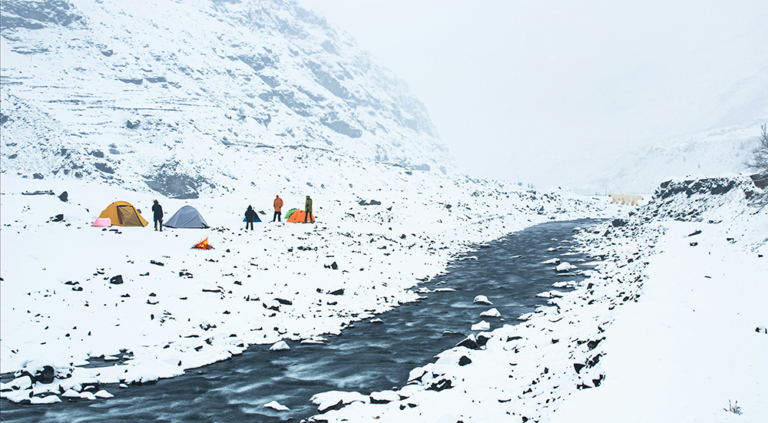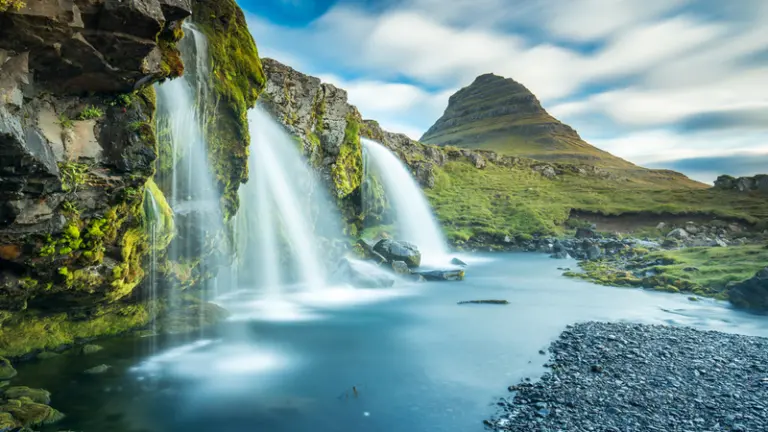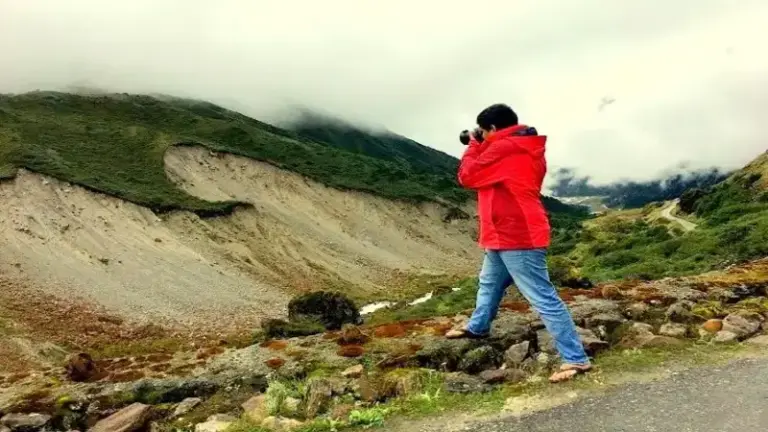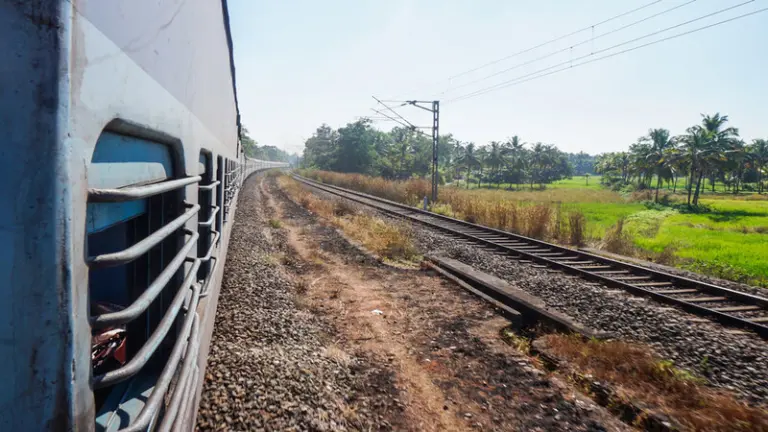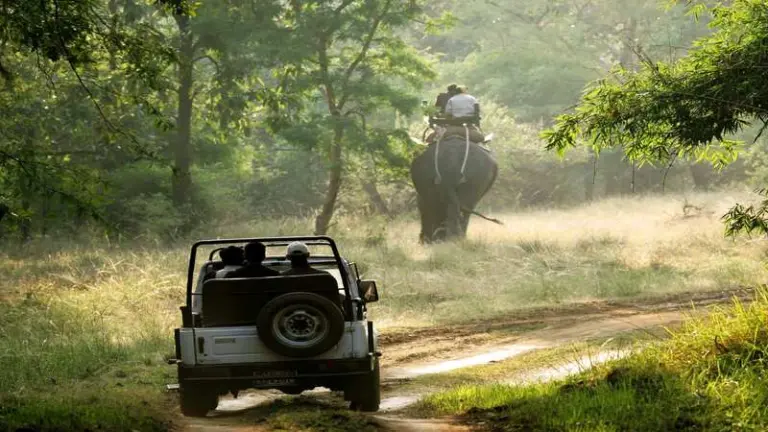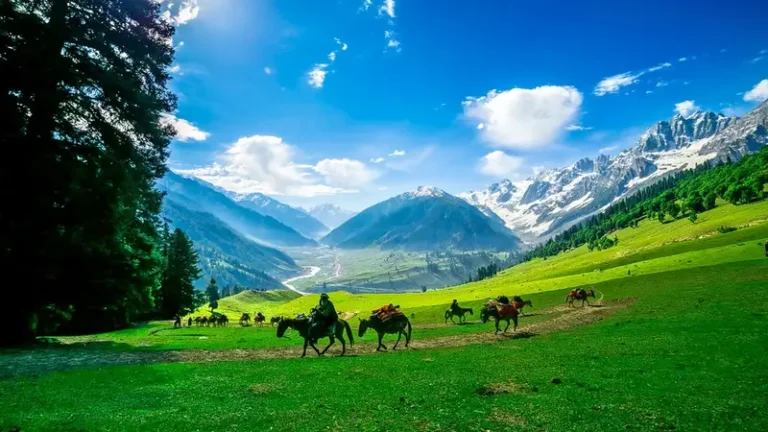Stargazing is a fascinating and rewarding activity that allows us to connect with the wonders of the universe. In India, with its diverse landscapes and relatively dark skies in certain regions, there are excellent opportunities for stargazing. Whether you’re a seasoned astronomer or a first-time stargaze.
This guide will provide you with valuable information on the best time for stargazing, the best locations in India, and some tips for making the most of your stargazing experience
Best Time for Stargazing
a. Clear Nights: The most crucial factor for stargazing is clear skies. Choose nights when the weather forecast predicts minimal cloud cover and low humidity. This will provide better visibility of celestial objects.
b. New Moon: The period around the new moon is ideal for gazing stars as the absence of moonlight allows for darker skies and better visibility of stars, planets, and other celestial objects. Check a lunar calendar to plan your gazing outings during the new moon or when the moon is in its crescent phase.
c. Seasonal Considerations: Different seasons offer varying celestial sights. During the winter months (November to February), the nights are longer, and the skies are often clearer, providing excellent opportunities. However, each season has its unique celestial events, so it’s worth researching what you can expect to see during your preferred time of the year.

Best Locations for Stargazing in India
a. Ladakh, Jammu, and Kashmir: Known for its high-altitude landscapes and remote locations, Ladakh offers some of the best star gazing experiences in India. The absence of light pollution and clear skies make it an ideal destination for observing stars, the Milky Way, and even the occasional glimpse of the Northern Lights.
b. Spiti Valley, Himachal Pradesh: With its high elevation and remote location, Spiti Valley provides pristine dark skies for gazing the stars. The valley’s relatively low humidity and clear air contribute to excellent visibility of stars, planets, and constellations.
c. Nubra Valley, Ladakh: Nubra Valley, located in the northernmost part of India, offers an enchanting experience amidst its stunning landscapes. The high altitude and minimal light pollution make it a perfect spot for observing the night sky.
d. Rann of Kutch, Gujarat: The vast salt desert of the Rann of Kutch provides expansive horizons and minimal light pollution, offering a unique stargazing experience. The Rann Utsav, a festival held during the winter months, also provides opportunities for stargazing activities.
e. Coorg, Karnataka: Coorg, nestled amidst the Western Ghats, offers breathtaking landscapes and relatively dark skies for stargazing. The hilly terrain and surrounding coffee plantations provide tranquil settings for observing the stars.
f. Matheran, Maharashtra: Matheran, a hill station near Mumbai, is a designated eco-sensitive region with strict regulations on light pollution. This makes it an excellent destination for stargazing, particularly for those near Mumbai or Pune.
Tips for First-Time Stargazers
a. Research and Learn: Familiarize yourself with the night sky by learning about constellations, planets, and other celestial objects. There are numerous websites, mobile apps, and books available that provide information on gazing the stars and celestial events.
b. Use Stargazing Apps: There are several smartphone apps available that can help you identify constellations, stars, and planets. Apps like SkyView, Star Walk, and Stellarium provide real-time information and augmented reality features to enhance your stargazing experience.
c. Patience and Adaptability: Stargazing requires patience, as celestial events and phenomena can take time to observe.
Be prepared to spend extended periods outdoors, and dress appropriately for the weather conditions. Carry warm clothing, blankets, and insect repellent if needed.

d. Equipment and Accessories: While stargazing can be enjoyed with the naked eye, using binoculars or a telescope can enhance the experience. Invest in a pair of binoculars with good light-gathering capabilities or consider a beginner-level telescope to observe celestial objects in more detail.
e. Dark Adaptation: Allow your eyes to adjust to the darkness for optimal stargazing. Avoid using bright lights or looking at your electronic devices for extended periods, as it can hinder your night vision. Red-filtered flashlights are preferable for reading star charts or navigating in the dark.
f. Attend gazing events: Many astronomy clubs, planetariums, and educational institutions organize events and workshops for gazing stars. Attending these events can provide valuable guidance, access to telescopes, and opportunities to interact with experienced astronomers.
g. Respect the Environment: When stargazing in natural areas, ensure you leave no trace behind. Respect the environment, follow local regulations, and avoid disturbing wildlife.
In conclusion, gazing stars in India offers a wealth of celestial wonders for enthusiasts of all levels. By choosing the right time, exploring the best locations, and following some useful tips, you can have a memorable stargazing experience. Remember to be patient, stay curious, and take time to appreciate the beauty of the night sky. Happy stargazing!


